Remember when the Smithsonian Institute unveiled its presidential poster of President Barack Obama back in 2014? Believe it or not, the painting was created using 3D data. Nowadays, it’s rare to find an industry that hasn’t utilized or impacted by 3D computer-aided design (CAD) modeling.
3D rendering, the process of producing an image based on three-dimensional data from a computer, is on track to disrupt the way we view and interact with images as we know it.
The real estate, entertainment, architecture, and product marketing industries are just a few examples of industries that have thrived by using 3D rendering services. As technology continues to evolve, an increasing number of industries will likely find ways to implement it for themselves.
Read on to learn how these seven industries use 3D rendering to improve and enhance their business practices. Industries that enhance their business practices with 3D rendering are as follows:
1. Real estate industry
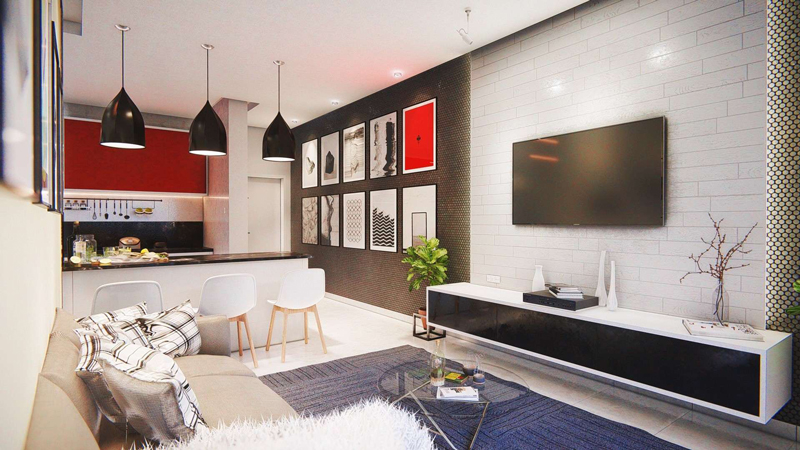
Companies in the real estate industry are entrenched in one of the most competitive markets out there. To keep up with the competition, they need to stay on top of the latest industry trends and technology. The firms that come out victorious are the ones that can incorporate photorealistic 3D renderings into their selling resources.
Immersive imagery has begun to play a key role in the renting and buying process of a home. Giving visitors 3D virtual tours of a property saves agents serious time and resources while providing prospective customers a comprehensive viewing experience that comes close to matching the real thing.
Physical tours, on the other hand, are time-consuming and costly. Not only that, but they often prove difficult to arrange for most agents and property managers.
Real estate agents tasked with selling an empty home no longer have to consider shelling out loads of money for furniture to help stage the home. Instead, they can employ virtual staging and renovation practices. To “virtually stage” a home, agents take a photo of empty space and fill it with photorealistic images of furniture and decorations.
To “digitally renovate” a home, they create a 3D real estate rendering of what a beat-up, shabby place can be transformed into with the help of fresh paint, new furniture, and flooring.
Real estate companies who are unfamiliar with 3D rendering may remain skeptical of its abilities. After all, how can a customer decide whether they like a home-based on just a few images? Decades ago, this may have been a sound argument.
But with photorealistic 3D floor plans, 360 panoramas, and virtual walkthroughs, the customer can enjoy the whole experience of the house without ever having to physically step foot in it.
With the growing sophistication and rise in popularity in virtual reality, 3D rendering’s role in the real estate industry is only just beginning.
2. Entertainment industry
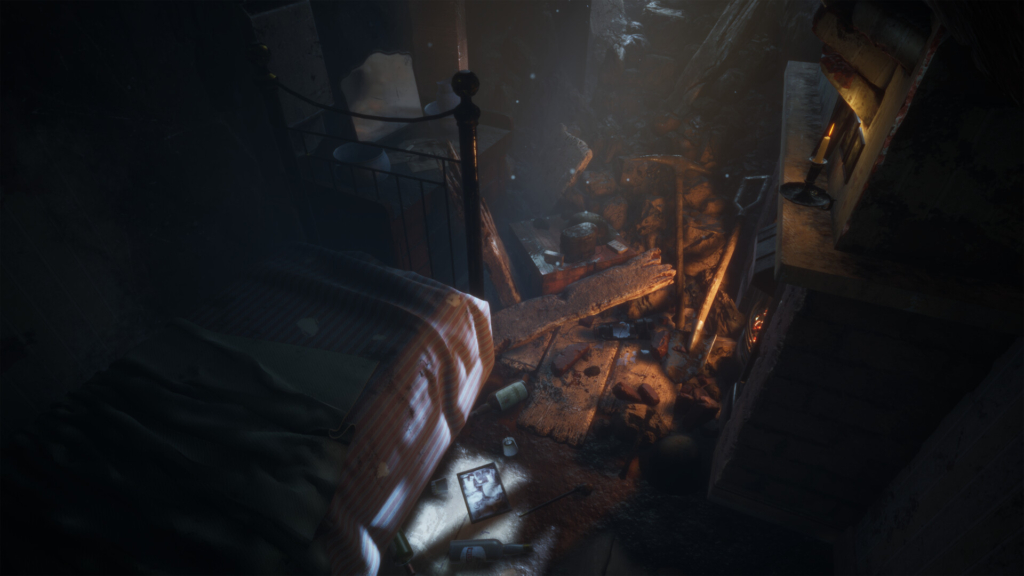
When you think of 3D rendering and services, summer box office hits advertising 3D special effects will likely come to mind. Films such as Avatar and Life of Pi received accolades for skillfully using 3D rendering to enhance the quality of their respective pictures. If anything, most people associate 3D effects with films faster than they would with any of the other categories on this list, such as real estate or health care.
3D rendering is also used for producing realistic computer graphic imaging (CGI) effects. CGI can be used for anything from removing a palm tree from a scene that is supposed to take place in rural Pennsylvania to adding a wild animal to a scene in the jungle.
Life of Pi, for instance, relied on CGI for bringing the wild animals stuck inside the boat with the protagonist to life. 3D rendering is also used to enhance specific parts of a scene. It is not always used for large action scenes or parts when a shark is jumping out of the water.
3. Architecture
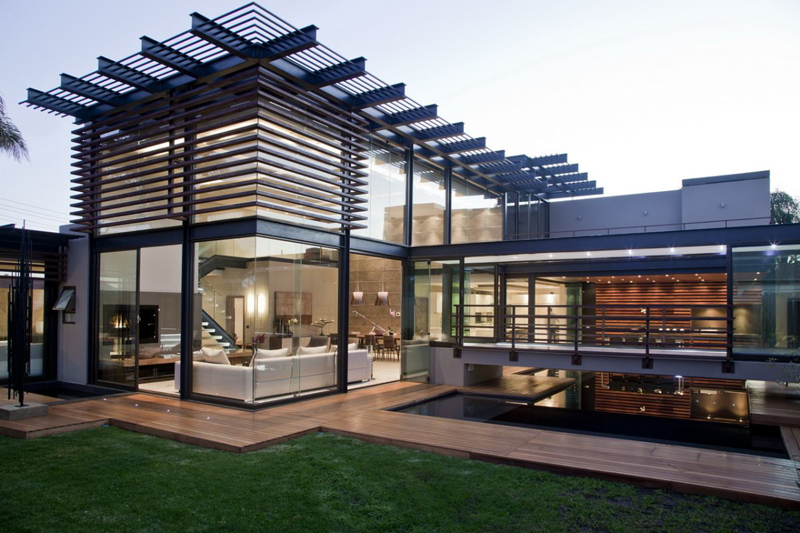
Old architectural practices requiring pens, watercolor brushes, and physical models are now becoming obsolete thanks to the rise of 3D technology.
Back in the olden days, it was difficult for architectural design services and designers to articulate their ideas to clients who didn’t have a design background or who couldn’t read drawings. If the client was unable to fully understand the architect’s vision before construction went underway, they usually ended up disappointed with the final result.
Not only that, but the traditional pen and paper method for designing buildings made it easy for miscalculations to slip through. Unfortunately for everyone involved, the mistakes wouldn’t be caught until after construction had already begun.
Thanks to 3D rendering services, architects can adjust and manipulate designs as the project evolves. They can also add depth and motion that allows clients to view the building from all angles, whether it is from a ground perspective or a birds-eye view.
Now more than ever, clients are given a better concept of an architect’s vision for a project before it is even built. 3D rendering is also useful for speeding up the progress of the project, helping it sell, and obtaining a permit.
4. Interior design industry
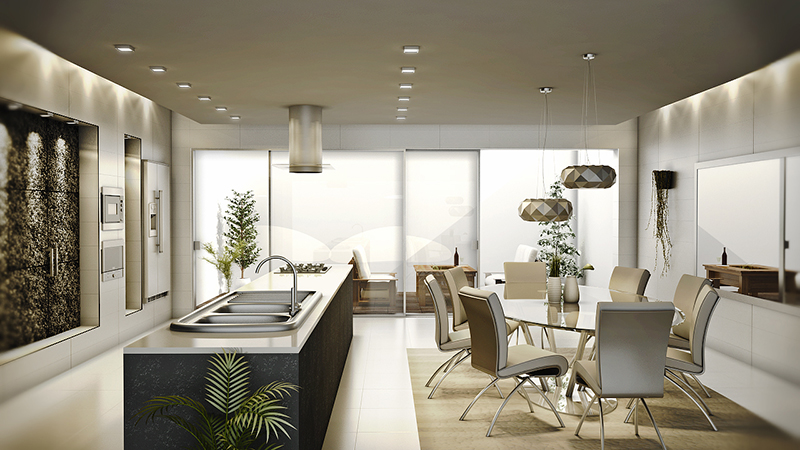
3D rendering allows architects in many of the same ways that it helps interior designers. Back in the day, interior designers relied on drawings, mood boards, collages, and sketches to articulate their vision.
But even with this array of help, they were unable to truly capture the essence of their ideas. They couldn’t provide a realistic rendering of what a room’s colors or textures were like. Nor could they show how a lighting design could shape a room’s atmosphere.
Interior design freelancers can do all of that and more with 3D rendering. Even during the initial stages of planning, designers can use 3D rendering to their advantage. They can identify flaws that would have been overlooked using the 2D approach, determine how furniture might fit in a particular space, and see how finishes can impact the tone of a room.
With photorealistic 3D renderings of designs, interior designers can now fully articulate their vision to clients and buyers.
5. Manufacturing
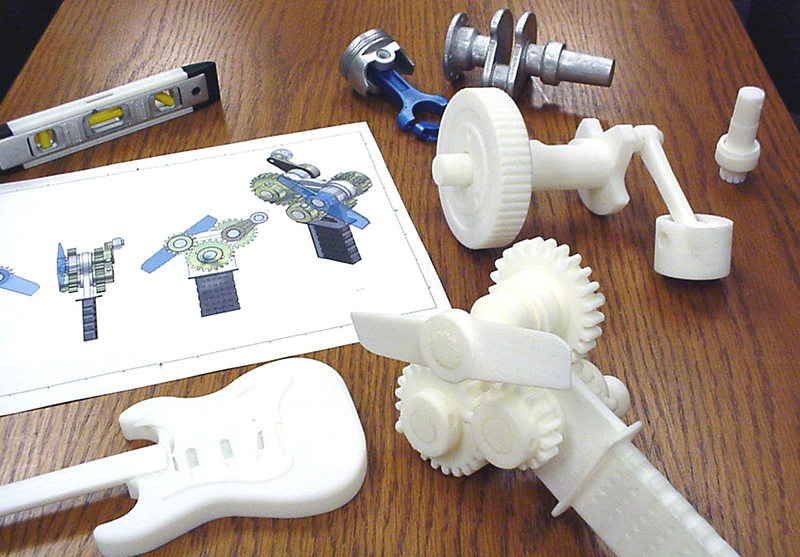
The manufacturing industry uses 3D rendering for everything from conceptualization to reverse engineering. Its most popular uses also involve prefabrication for parts and enhanced designs for manufactured goods.
Companies will also produce 3D prototypes of products. Because they can demonstrate the abilities of the products they are modeled after, these high-quality 3D models are useful in attracting a high number of customers and investors.
There is even the chance that 3D printers will completely replace traditional assembly lines. Some manufacturing plants have already begun the process toward this.
6. Healthcare, prosthetics & medical devices
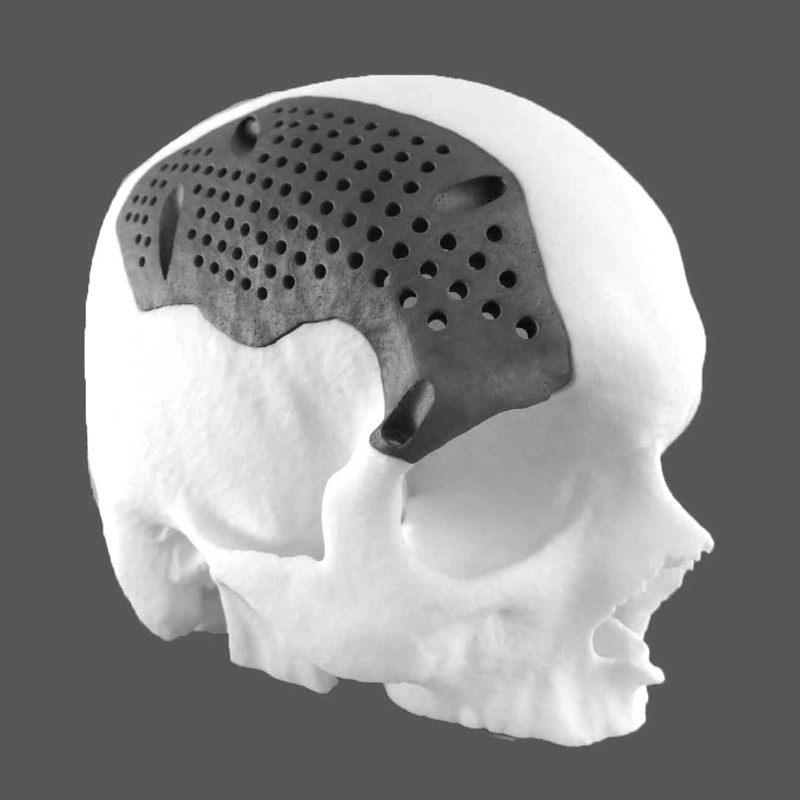
In some cases, 3D rendering services can literally help save a life. Hospitals can use enhanced images created from 3D medical imaging to map a patient’s system to identify and diagnose certain medical conditions.
For instance, tomosynthesis, also known as 3D mammography, gives radiologists much clearer images for breast cancer detection than traditional 2D mammography does.
According to Gordon Harris, director of 3D Imaging Services at Massachusetts General Hospital’s Department of Radiology, “Tomosynthesis has been shown to improve the care for breast cancer detection and is more sensitive, particularly in patients at high risk or with dense breasts. It helps to differentiate things that might be misinterpreted that are potentially other artifacts.”
Virtual reality medical simulations offer clinicians hands-on experience to practice critical skills without risking an actual patient’s health. Educators can create realistic anatomical models for educational purposes. 3D imaging can also be used to create prosthetics and personalized surgical tools. Even damaged organs can be repaired with the help of parts crafted from 3D technology.
Dentists have also found their uses for 3D CAD services. Many of them use a 3D CAD dental program to capture x-ray images of damaged teeth before using the images to create customized 3D prints of a crown. What used to require several dentist visits along two to three several weeks of waiting now takes up only an hour of the patient’s time.
7. Marketing and advertising industry

Over the years, marketers have found that campaigns that rely heavily on visuals do much better than those that are not as image-heavy and lean towards being wordy.
As such, they depend on high-quality photography and graphic designs to help capture the viewer’s interest in their advertisements and products. However, photoshoots often end up being costly and time-consuming.
With 3D rendering, advertisers can test and alter images without physically adjusting them as they would on photoshoots and sets. To achieve maximum results, marketers will often change and test these images until they find one that drives the most engagement.
Cad Crowd’s 3D rendering can help your industry too
3D rendering will only continue to disrupt industries as it evolves in its sophistication and interactive abilities. If your company plays a role in any of the aforementioned industries, then it is time to get serious about implementing 3D rendering into your workflows and services. Of course, you are going to need to be vetted and trusted CAD designers to help you get started. That’s where Cad Crowd comes in.
Cad Crowd offers a comprehensive network of freelance CAD designers and engineers for companies in every industry. Whether you want to hire a 3D designer or launch a design contest for a concept, Cad Crowd can help you launch your project right away. For more information on how Cad Crowd can help you, contact one of our team members today.
